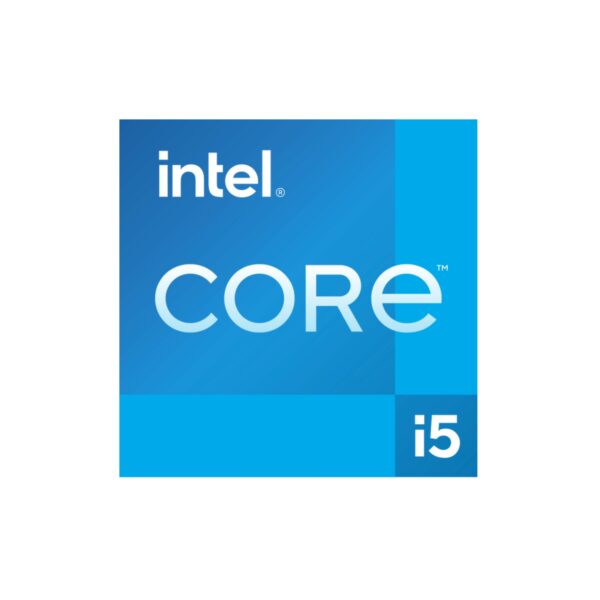

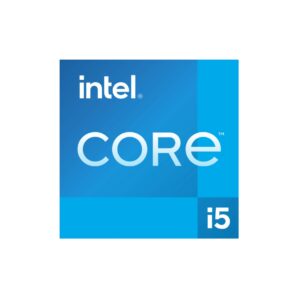

Intel Tray Core i5 Prozessor i5-14600K 3,50GHz 24M Raptor Lake-S Refresh
0 out of 5
208 €
- Model: i5-14600K
- Series: Intel® Core™ i5
- Cores: 14
- Socket: LGA 1700
- Boost frequency: 5.3 GHz
- Përshkrim
- Përshtypje (0)
- Store Policies
- Enquiries
Përshkrim
Specs
Processor
Processor manufacturer
The manufacturer that produced the processor.
Intel
Processor generation
Intel® Core™ i5 (14th gen)
Processor model
The model number for the processor in a computer.
i5-14600K
Processor family
A family of processors is a group of processors produced by one company over a short period of time e.g. Intel Pentium processors.
Intel® Core™ i5
Processor cores
The number of central processing units (‘cores’) in a processor. Some processors have 1 core, others have 2 (e.g. Intel Core Duo) or more (e.g. the Intel Xeon E7-2850 has 10 cores).
14
Processor socket
Mechanical component(s) that provides mechanical and electrical connections between a microprocessor and a printed circuit board (PCB). This allows the processor to be replaced without soldering.
LGA 1700
Processor threads
20
Processor operating modes
Operating modes for the processors that place restrictions on the type and scope of operations for certain processes run by the CPU. This design allows the operating system to run with more privileges than application software.
64-bit
Performance cores
6
Efficient cores
8
Processor boost frequency
The turbo boost is an automatic, managed accelleration of the processor when one of the cores is overloaded.
5.3 GHz
Performance-core boost frequency
5.3 GHz
Performance-core base frequency
3.5 GHz
Efficient-core boost frequency
4 GHz
Efficient-core base frequency
2.6 GHz
Processor cache
24 MB
Processor cache type
Smart Cache
Package type
The type of product package e.g. box.
Tray
Processor base power
125 W
Maximum turbo power
181 W
Stepping
B0
Maximum number of DMI lanes
8
Memory bandwidth supported by processor (max)
89.6 GB/s
Processor codename
Raptor Lake
Processor ARK ID
236799
Memory
Maximum internal memory supported by processor
192 GB
Memory types supported by processor
DDR4-SDRAM, DDR5-SDRAM
Memory channels
Dual-channel
ECC
ECC means Error Correction Code, and it is memory that is able to detect and correct some memory errors without user intervention.
Memory bandwidth (max)
89.6 GB/s
Graphics
On-board graphics card
Graphics hardware which is built into the motherboard or CPU, as opposed to a separate graphics adapter (video card). On-board graphics uses CPU and RAM for graphics processing.
Discrete graphics card
On-board graphics card model
“Graphic adapter” is the hardware that produces images on a display. “On-board” means that the graphics adapter is intergrated inside the motherboard.
Intel UHD Graphics 770
On-board graphics card outputs supported
Embedded DisplayPort (eDP) 1.4b, DisplayPort 1.4a, HDMI 2.1
On-board graphics card base frequency
300 MHz
On-board graphics card dynamic frequency (max)
1550 MHz
Number of displays supported (on-board graphics)
The feature may not be available on all computing systems. Functionality, performance, and other benefits of this feature may vary depending on system configuration.
4
On-board graphics card DirectX version
12.0
On-board graphics card OpenGL version
4.5
On-board graphics card maximum resolution (DisplayPort)
7680 x 4320 pixels
On-board graphics card maximum resolution (eDP – Integrated Flat Panel)
5120 x 3200 pixels
On-board graphics card maximum resolution (HDMI)
4096 x 2160 pixels
On-board graphics card refresh rate at maximum resolution (DisplayPort)
60 Hz
On-board graphics card refresh rate at maximum resolution (eDP – Integrated Flat Panel)
120 Hz
On-board graphics card refresh rate at maximum resolution (HDMI)
60 Hz
On-board graphics card ID
0xA780
Discrete graphics card model
A graphics adapter (often known as a video card) generates images for a display. A discrete graphics adapter plugs into the motherboard, and usually produces much better graphics than an integrated graphics adapter. There are various models of discrete graphics adapters.
Not available
Number of execution units
32
Multi-Format Codec Engines
2
Features
Execute Disable Bit
Idle States
Thermal Monitoring Technologies
Market segment
Desktop
Use conditions
Workstation, PC/Client/Tablet
Maximum number of PCI Express lanes
20
PCI Express slots version
4.0, 5.0
PCI Express configurations
1×16+1×4, 2×8+1×4
Supported instruction sets
AVX 2.0, SSE4.1, SSE4.2
Scalability
1S
CPU configuration (max)
1
Embedded options available
Thermal solution specification
Intel Reference Heat Sink specification for proper operation of this SKU.
PCG 2020A
Direct Media Interface (DMI) Revision
4.0
Export Control Classification Number (ECCN)
5A992C
Commodity Classification Automated Tracking System (CCATS)
740.17B1
Processor special features
Intel® Hyper Threading Technology (Intel® HT Technology)
Improved Performance for Threaded Software Intel® Hyper-Threading Technology (Intel® HT Technology) makes efficient use of processor resources, enabling multiple threads to run on each core and increasing processor throughput. Available on Intel® Core™ and Intel® Xeon® processors, Intel HT Technology helps run demanding applications simultaneously, protect and manage systems, and provide headroom for business growth.
Intel® Turbo Boost Technology
Higher Performance When You Need It Most Intel® Turbo Boost Technology 2.0 accelerates processor and graphics performance by increasing the operating frequency when operating below specification limits. The maximum frequency varies depending on workload, hardware, software, and overall system configuration.
2.0
Intel® Quick Sync Video Technology
Create, Edit, and Share Video in a Flash Intel® Quick Sync Video uses the dedicated media processing capabilities of Intel® Graphics Technology to make video encoding tasks—such as creating DVDs or Blu-ray discs, creating and editing 3D videos, converting 2D video files into 3D, and converting video for portable media players and social networking sites—faster and easier.
Intel® Clear Video HD Technology (Intel® CVT HD)
See the World More Vividly Intel® Clear Video HD Technology delivers cleaner, sharper images, more natural, accurate, and vivid colors. View images as they were meant to be seen on devices featuring Intel® Core™ processors with Intel® Graphics Technology.
Intel® AES New Instructions (Intel® AES-NI)
Added Security with Faster Data Encryption The Intel® Advanced Encryption Standard New Instructions (Intel® AES-NI) enable fast and secure data encryption and decryption for better performance and less risk from timing and cache-based attacks than table-based software implementations. Intel AES-NI supports usages such as standard key lengths, standard modes of operation, and even some nonstandard or future variants.
Enhanced Intel SpeedStep Technology
Intel® Speed Shift Technology
Intel® Speed Shift Technology uses hardware-controlled P-states to deliver dramatically quicker responsiveness with single-threaded, transient (short duration) workloads, such as web browsing, by allowing the processor to more quickly select its best operating frequency and voltage for optimal performance and power efficiency.
Intel® Gaussian & Neural Accelerator (Intel® GNA) 3.0
Intel® Control-flow Enforcement Technology (CET)
Intel® Thread Director
Intel VT-x with Extended Page Tables (EPT)
Intel® Secure Key
Generate Cryptographic Security Protocols Intel® Secure Key is a security hardware-based random number generator that can generate high-quality keys for cryptographic (encryption and decryption) protocols. These keys provide quality entropy that is highly sought after in the cryptography world for added security.
Intel® OS Guard
Protect Your Operating Environment Intel® OS Guard, a hardware-based security feature that protects the operating system kernel, defends against malicious data or attack code located in areas of memory marked as user mode pages, preventing any application from taking over or compromising the OS kernel.
Intel 64
Intel Virtualization Technology (VT-x)
Simplify Virtualization and Reduce Overheads Intel® Virtualization Technology (Intel® VT) helps make virtualization practical by eliminating performance overheads, reducing complexity, and improving security with hardware assistance. Virtualization allows multiple workloads to share a common set of resources so that a variety of workloads can co-locate while maintaining full isolation from each other.
Intel Virtualization Technology for Directed I/O (VT-d)
Simplify Virtualization and Reduce Overheads Intel® Virtualization Technology (Intel® VT) helps make virtualization practical by eliminating performance overheads, reducing complexity, and improving security with hardware assistance. Virtualization allows multiple workloads to share a common set of resources so that a variety of workloads can co-locate while maintaining full isolation from each other.
Intel® Boot Guard
Intel® Device Protection Technology with Boot Guard helps protect the system’s pre-OS environment from viruses and malicious software attacks.
Intel® Deep Learning Boost (Intel® DL Boost) on CPU
Intel® Volume Management Device (VMD)
Mode-based Execute Control (MBE)
Intel® Standard Manageability (ISM)
Operational conditions
Tjunction
100 °C
Technical details
OpenCL version
3.0
Launch date
Q4’23
Status
Launched
Logistics data
Harmonized System (HS) code
8542310001
Weight & dimensions
Processor package size
45 x 37.5 mm
Other features
L2 cache
The CPU cache (Level 2) is a smaller, faster memory which stores copies of the data from the most frequently used main memory locations.
20480 KB
Maximum internal memory
The maximum internal memory which is available in the product.
192 GB
Graphics output
eDP 1.4b, DP 1.4a, HDMI 2.1
Bëhuni i pari që shqyrton “Intel Tray Core i5 Prozessor i5-14600K 3,50GHz 24M Raptor Lake-S Refresh” Anuloje përgjigjen
General Enquiries
There are no enquiries yet.
Related Products
GAMING, Monitors, Oferta Nentori, Oferta Nentori, Zbritje
AOC 25G42E 62.2.cm (24.5“) FHD IPS Gaming Monitor 16:9 HDMI / DP 180Hz 1ms G-Sync
0 out of 5
115 €
62.2 cm (24.5") LED Fast IPS
Full HD 1920 x 1080 pixels 16:9
180...
Pjesë për Kompjuter, Procesor
Intel Box Core i5 Processor i5-12400 2,50Ghz 18M Alder Lake-S
0 out of 5
166 €
Model: i5-12400
Series: Intel® Core™ i5
Cores: 6
Socket: LGA 1700
Boost frequency: 4.4...
Pjesë për Kompjuter, Procesor
Intel Box Core i7 Processor i7-12700KF 3,60Ghz 25M Alder Lake-S
0 out of 5
210 €
Model: i7-12700KF
Series: Intel® Core™ i7
Cores: 12
Socket: LGA 1700
Boost frequency: 5...
Pjesë për Kompjuter, Procesor
Intel Tray Core i7 Processor i7-12700 2,10Ghz 25M Alder Lake-S
0 out of 5
272 €
Model: i7-12700
Series: Intel® Core™ i7
Cores: 12
Socket: LGA 1700
Boost frequency: 4.9...
Pjesë për Kompjuter, Procesor
Intel Tray Core i7 Processor i7-12700K 3,60Ghz 25M Alder Lake-S
0 out of 5
242 €
Model: i7-12700K
Series: Intel® Core™ i7
Cores: 12
Socket: LGA 1700
Boost frequency: 5...

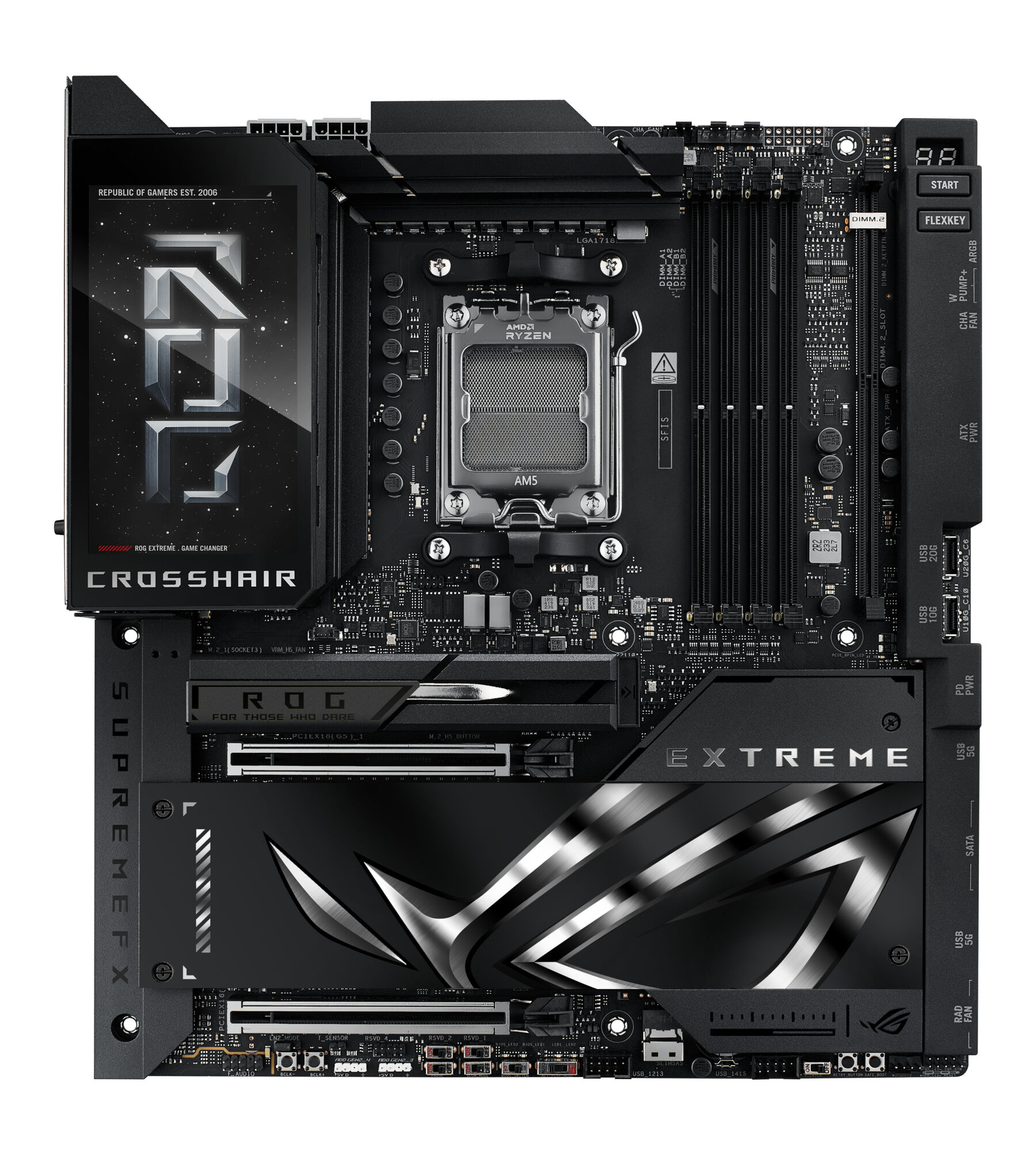
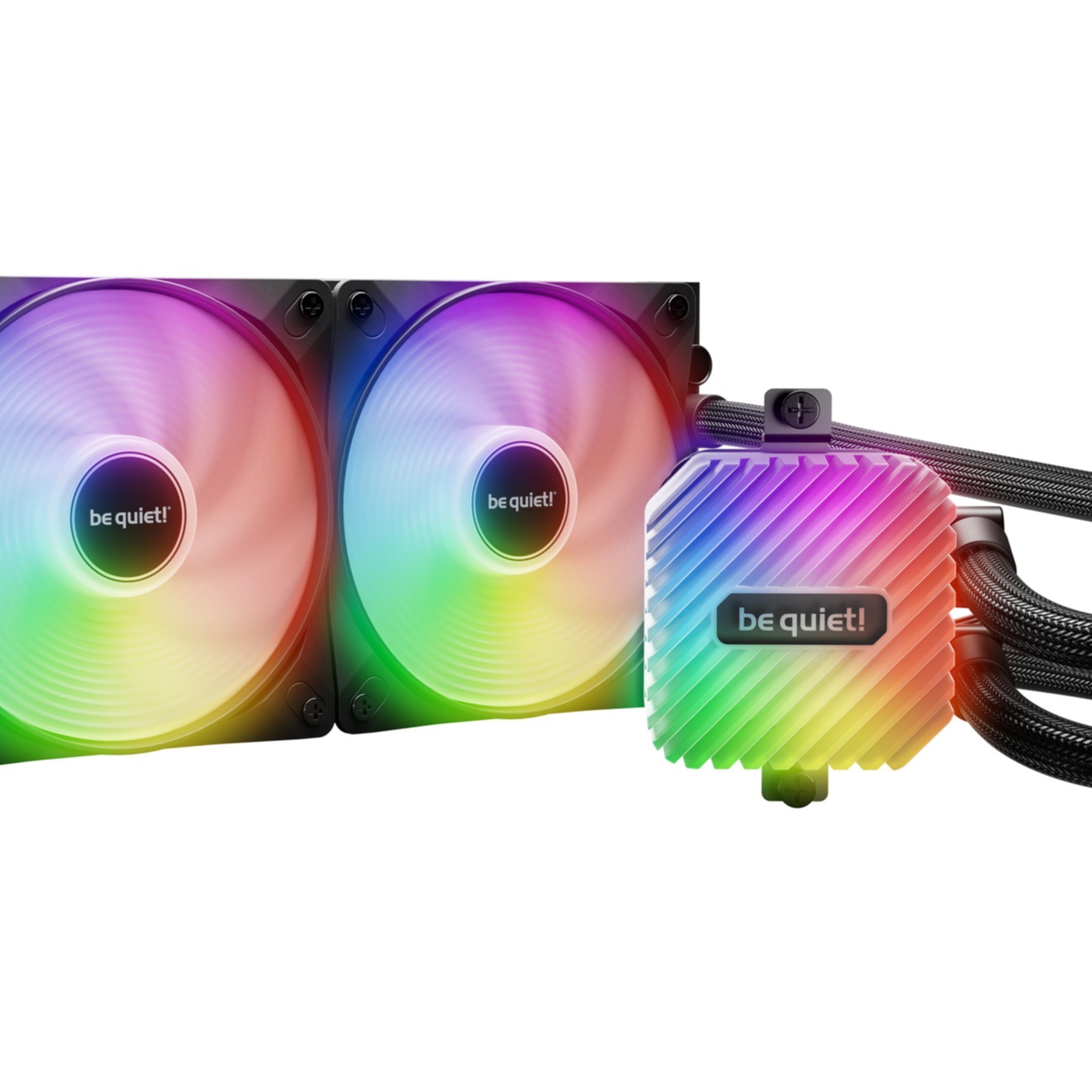

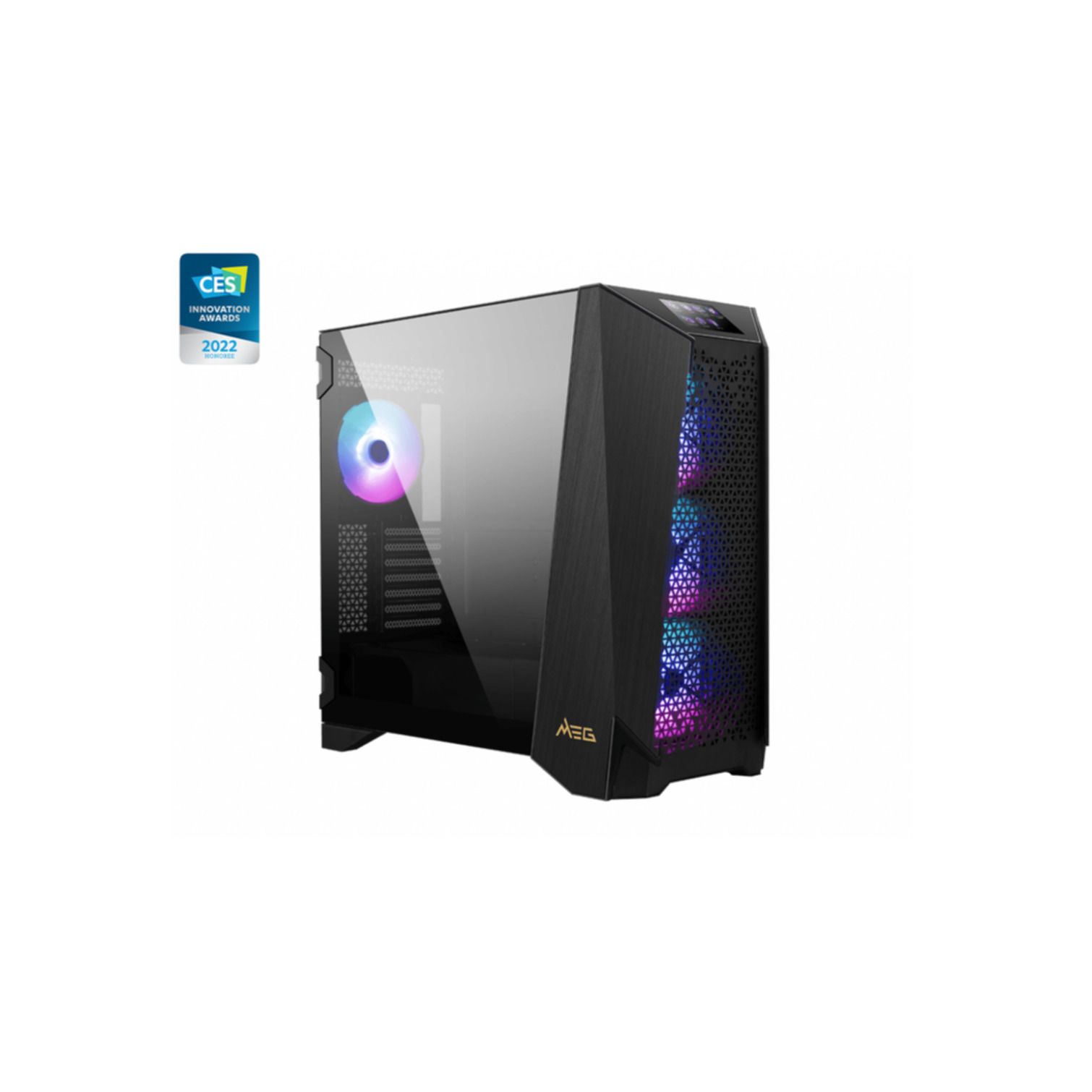

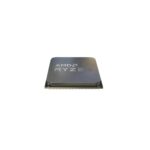
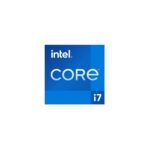


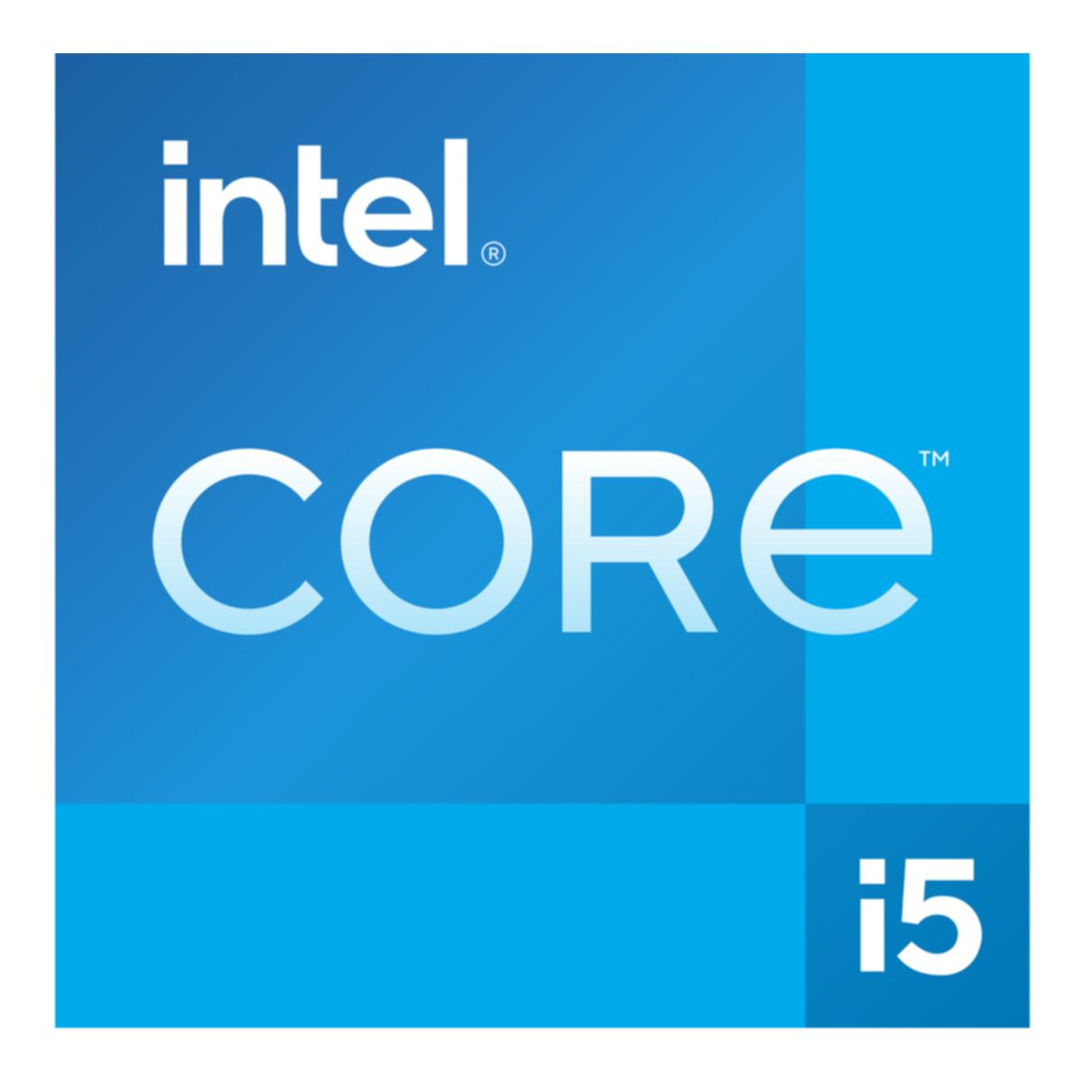
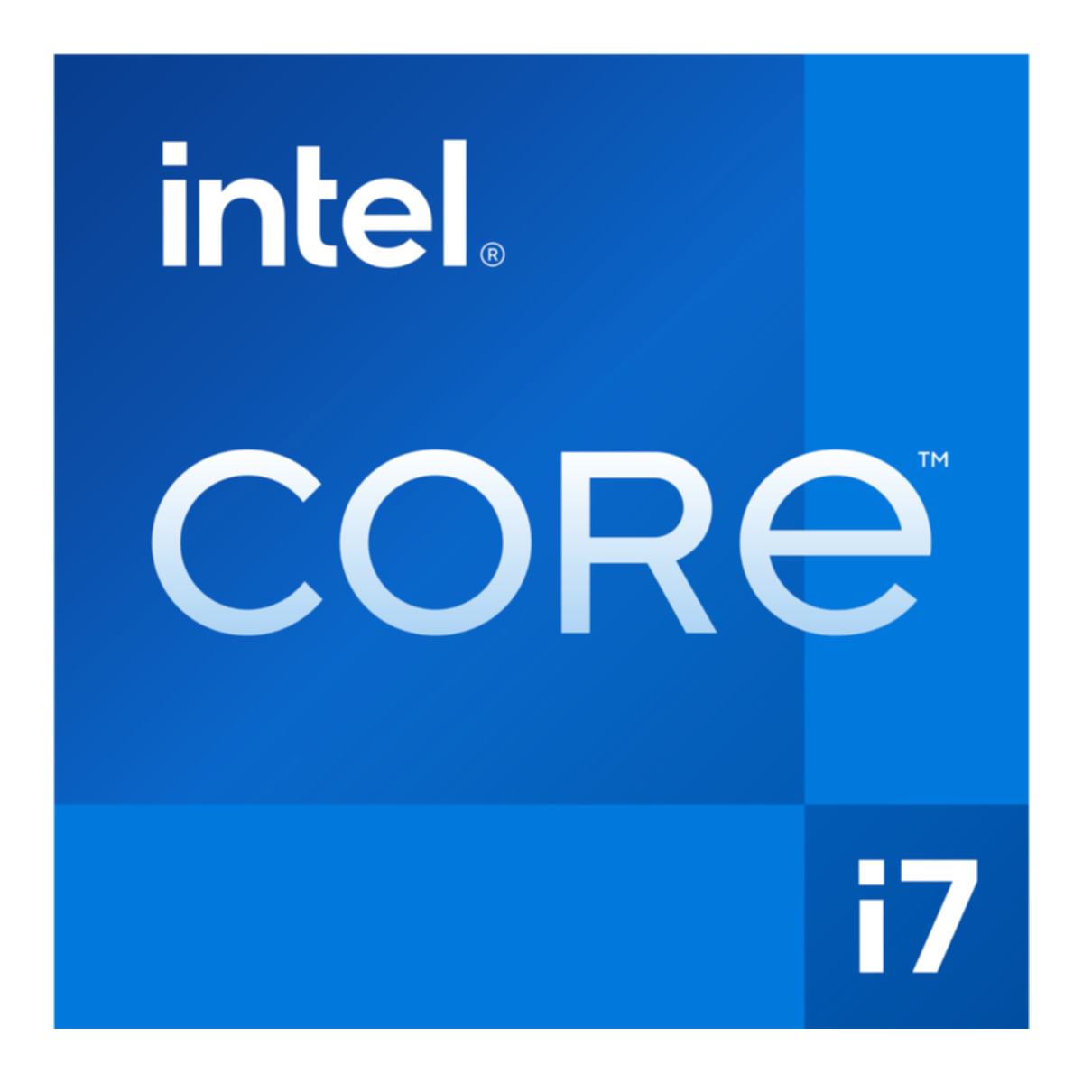
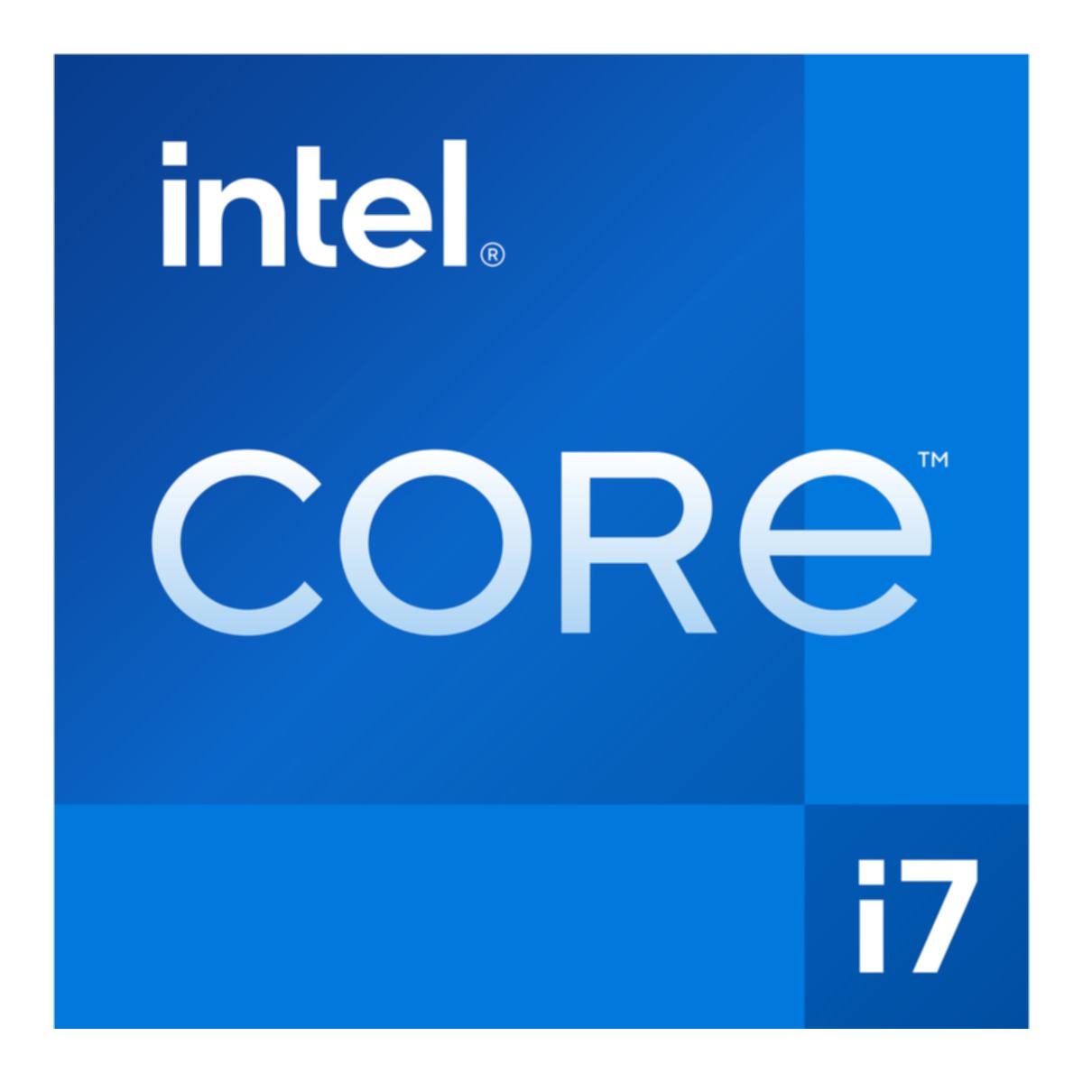
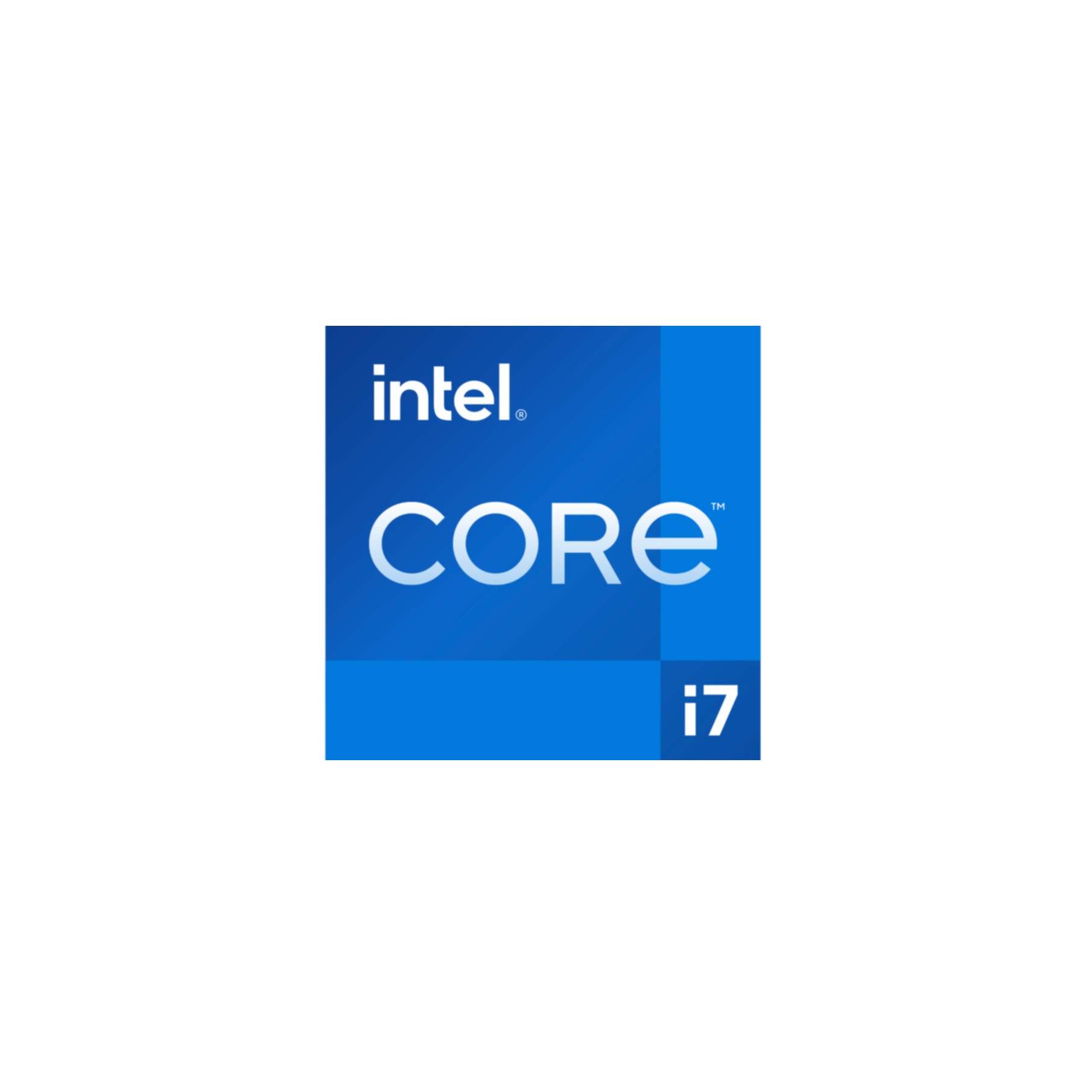





Shqyrtime
Ende pa shqyrtime.